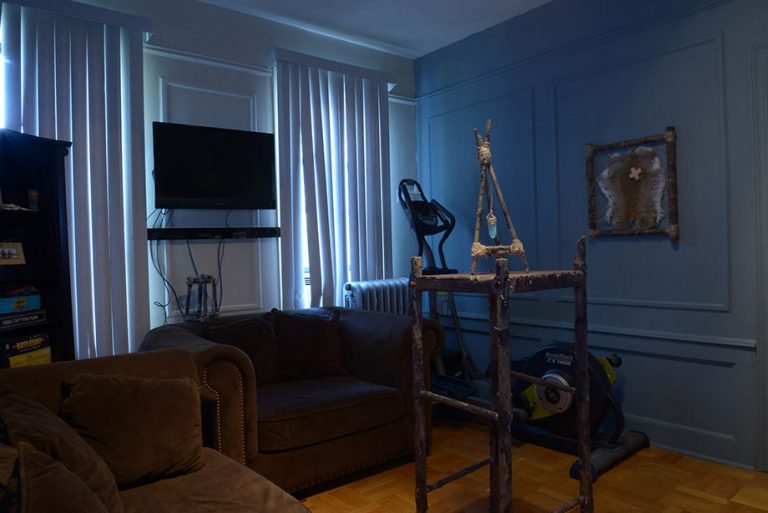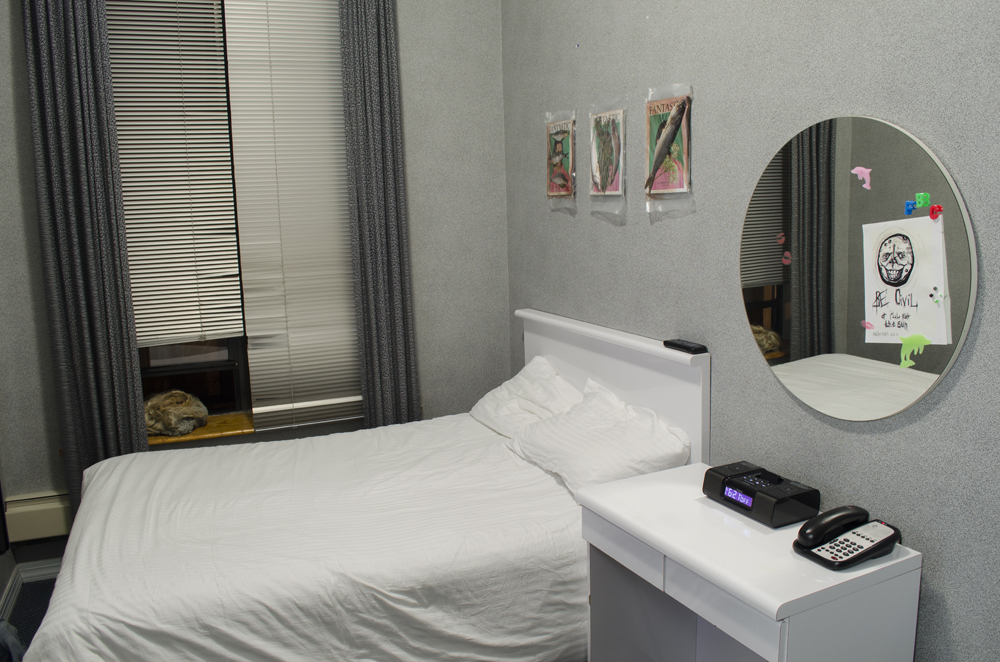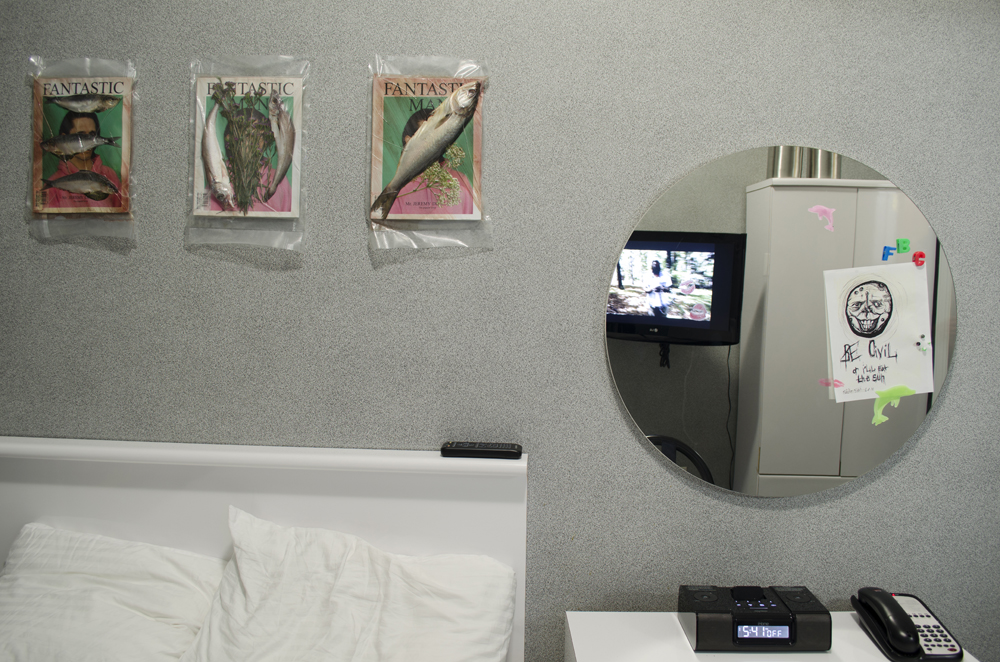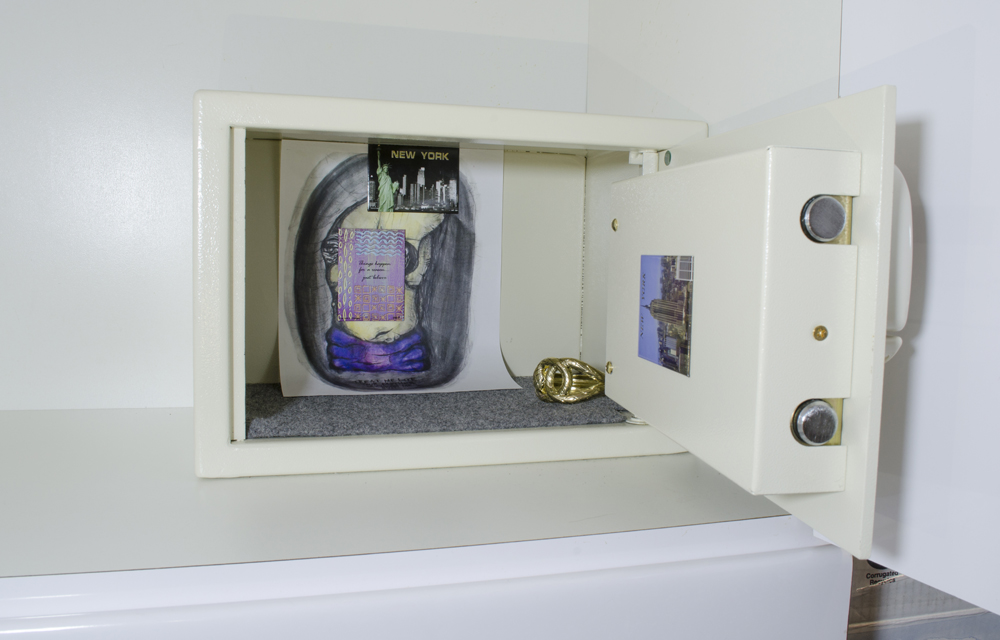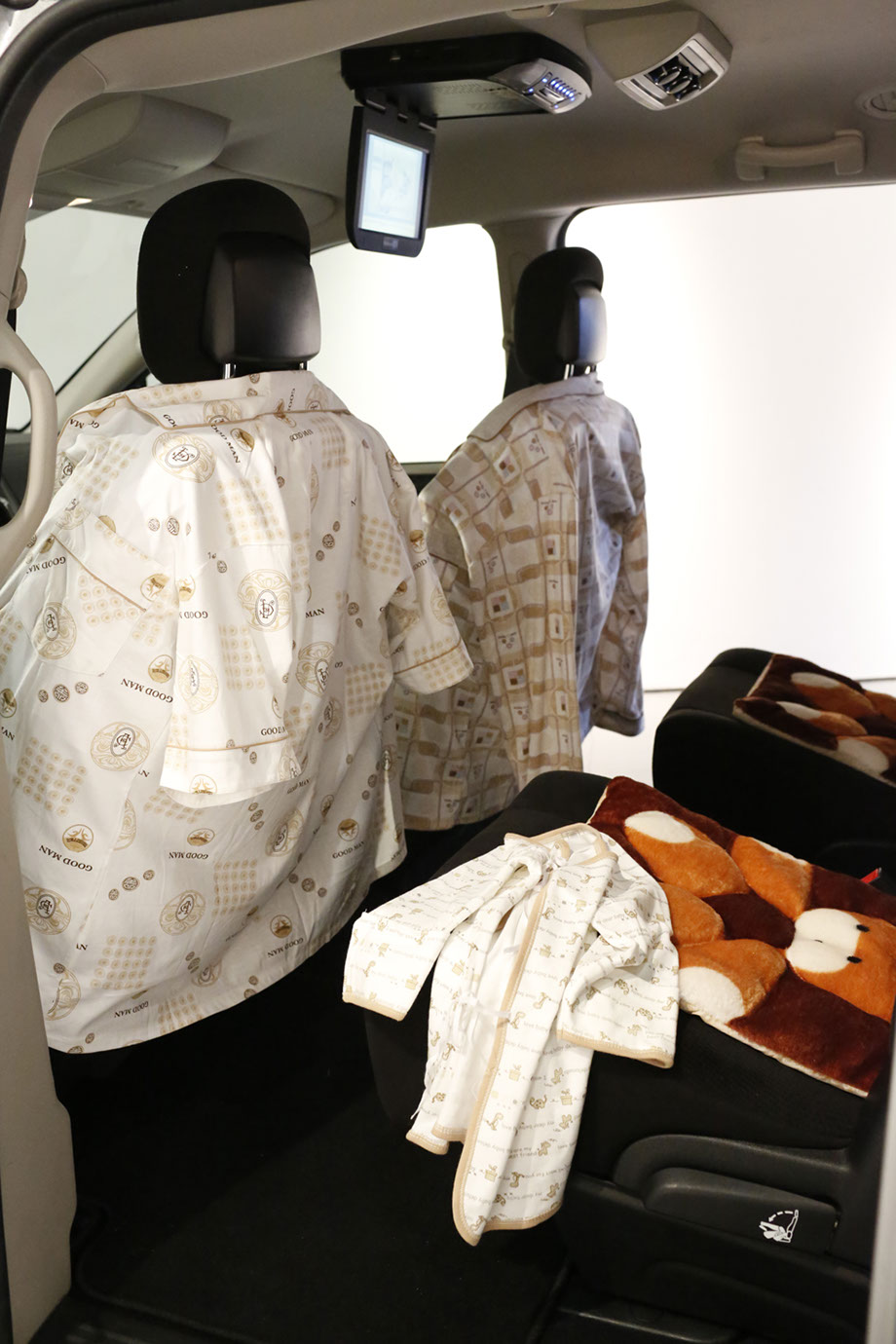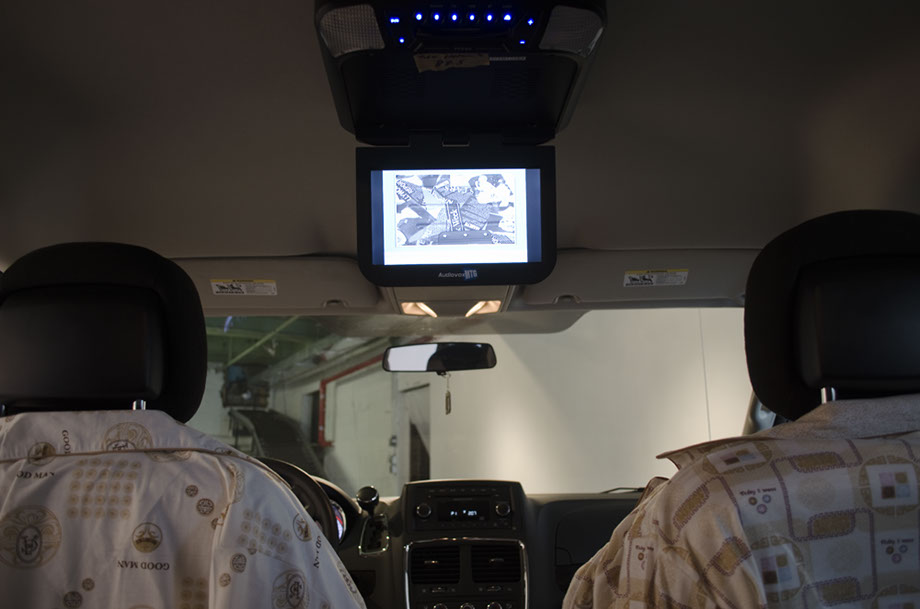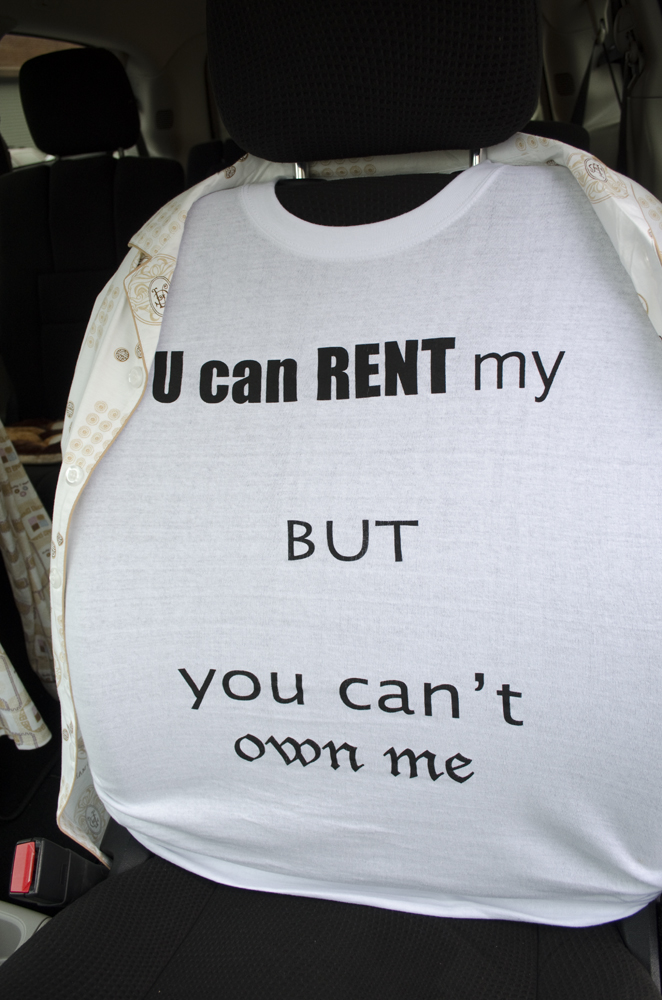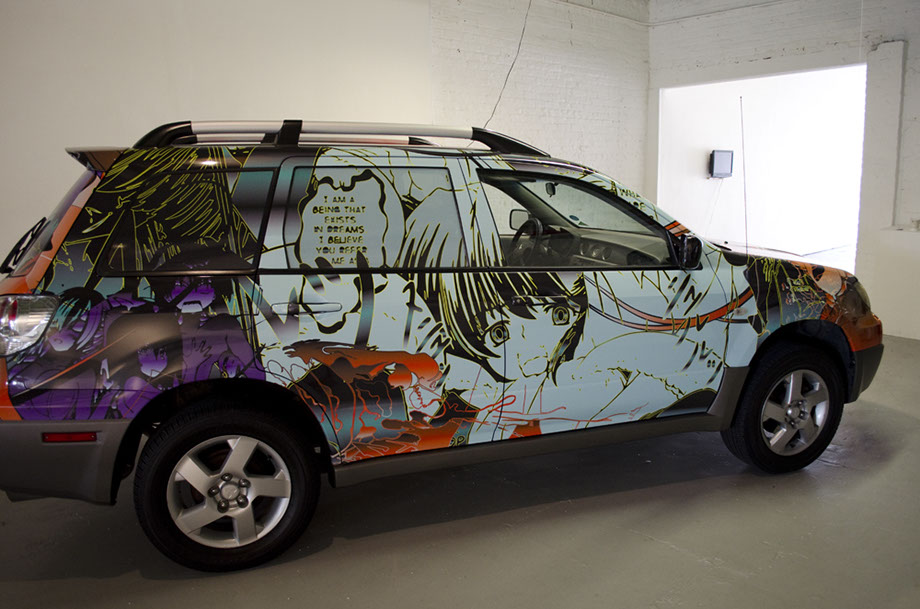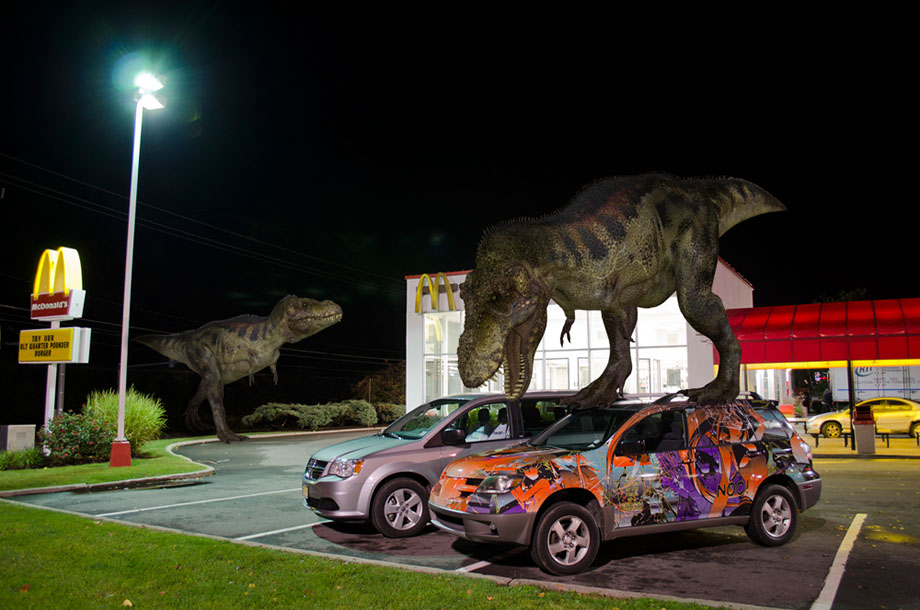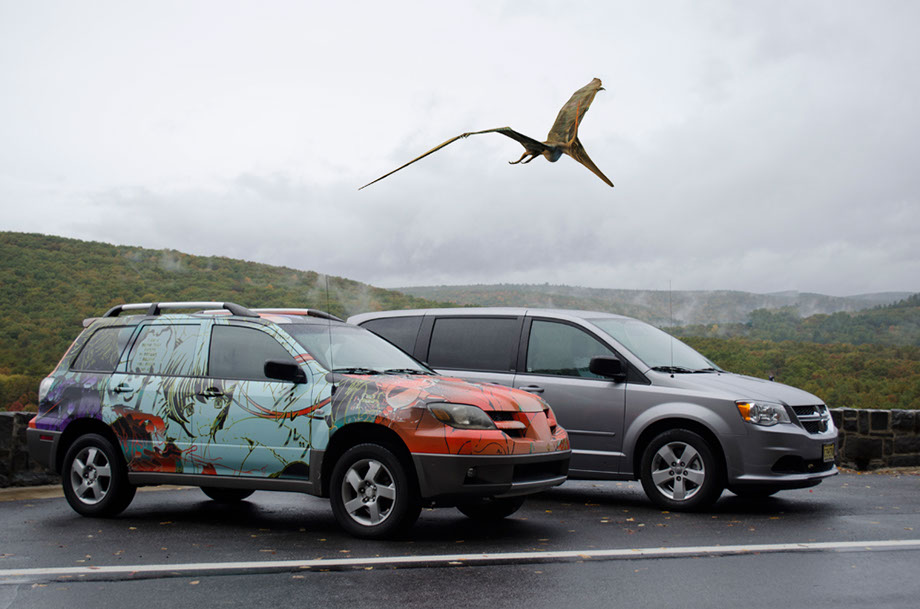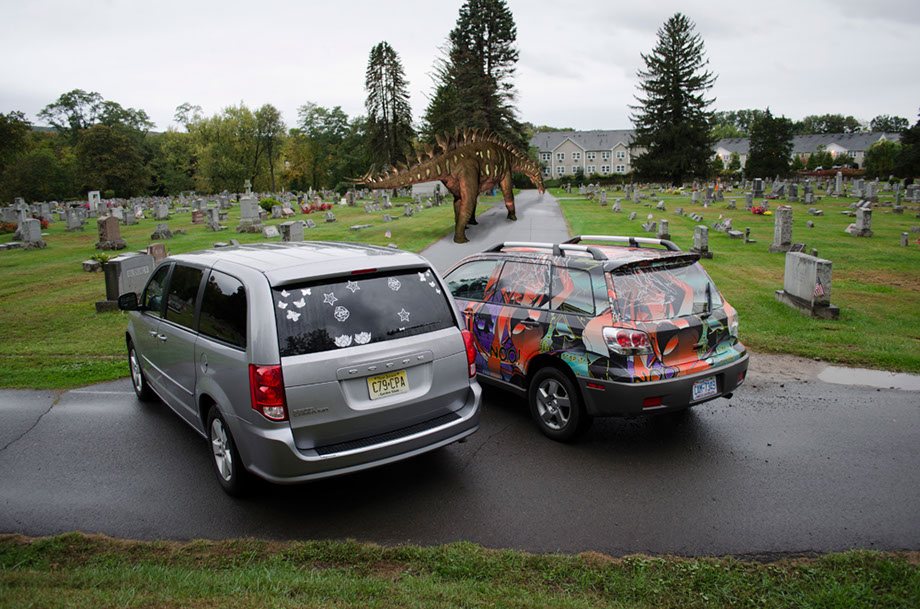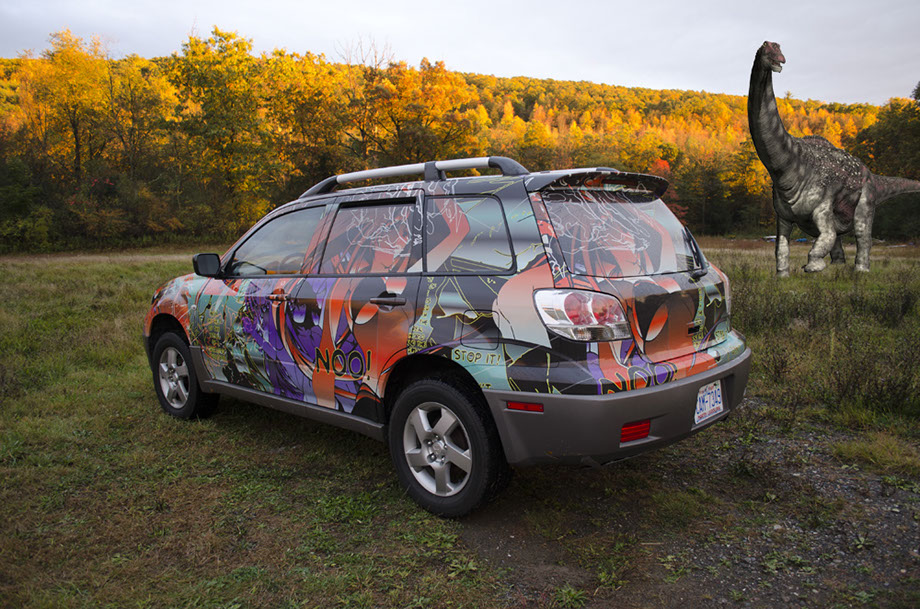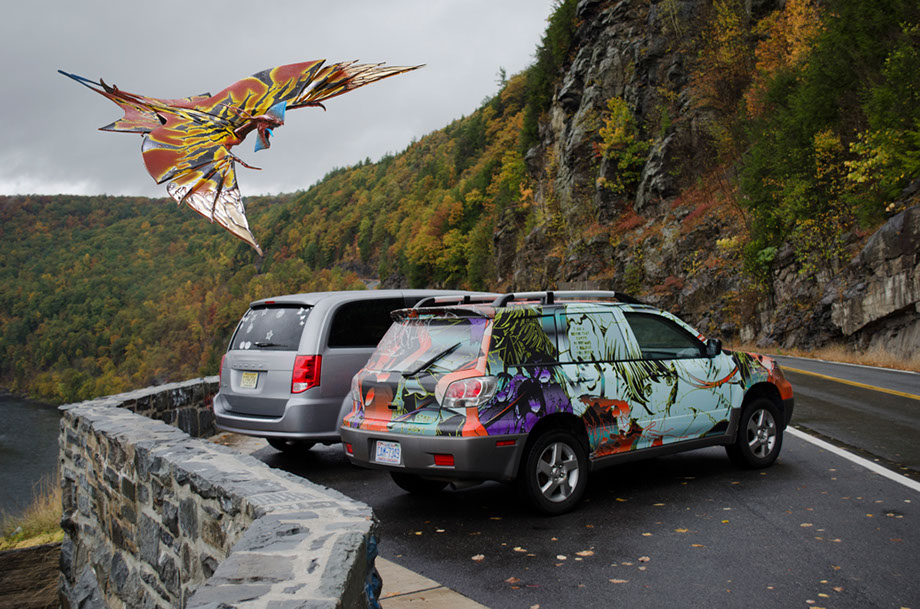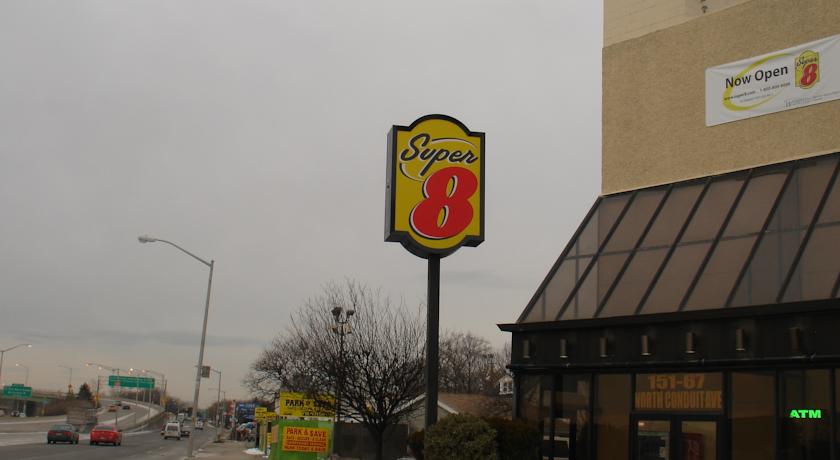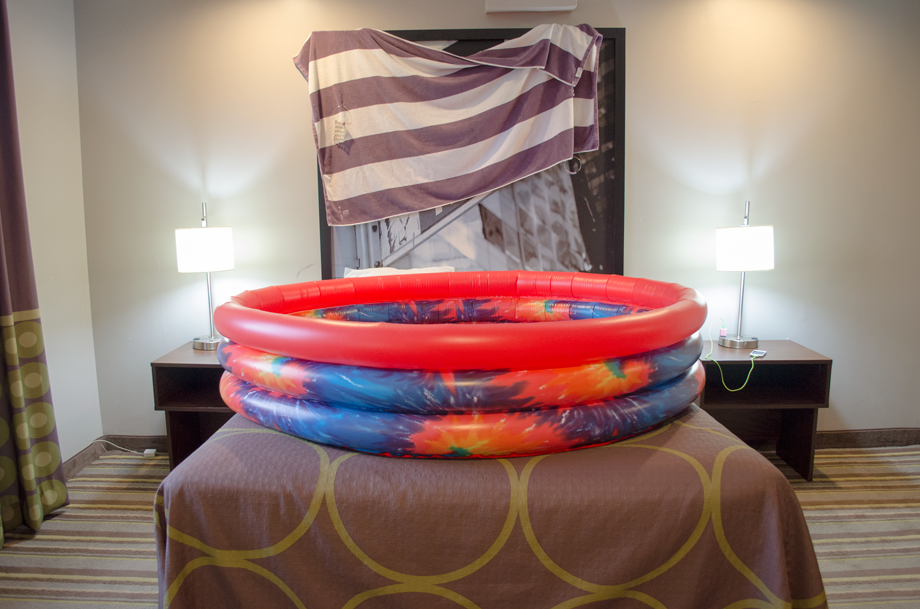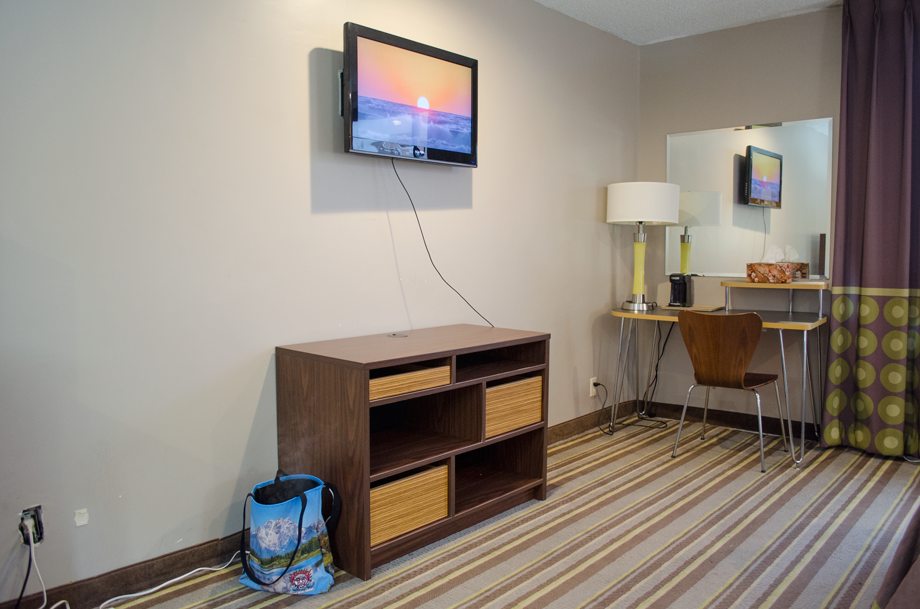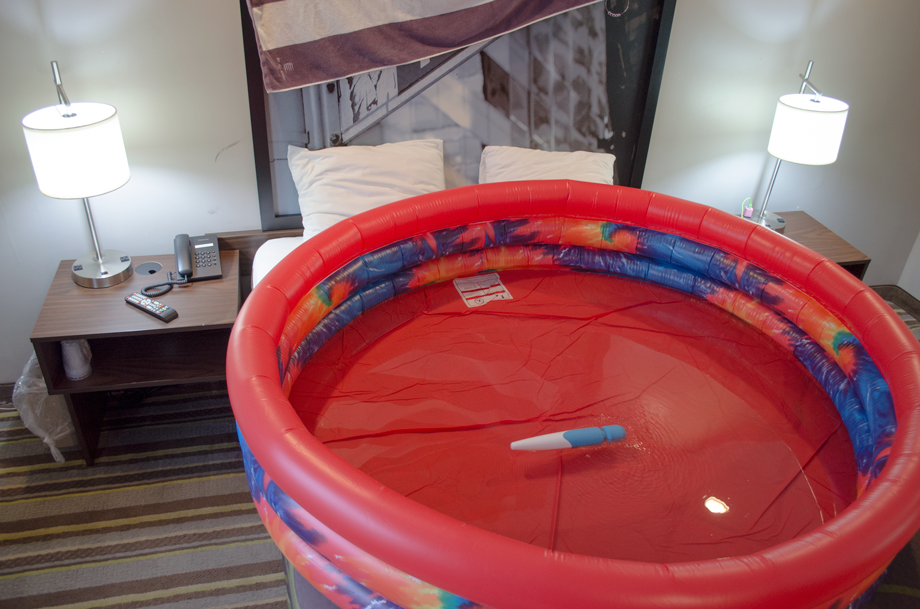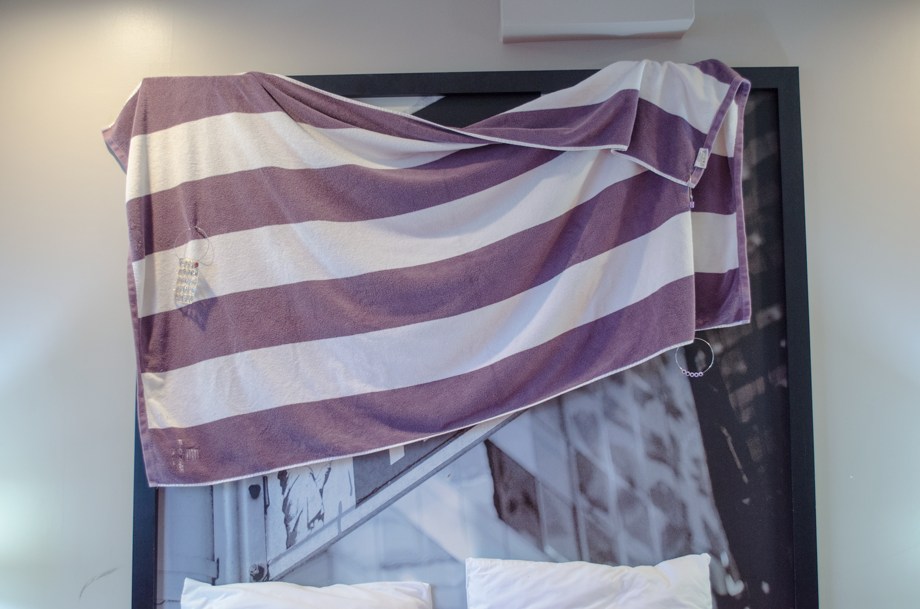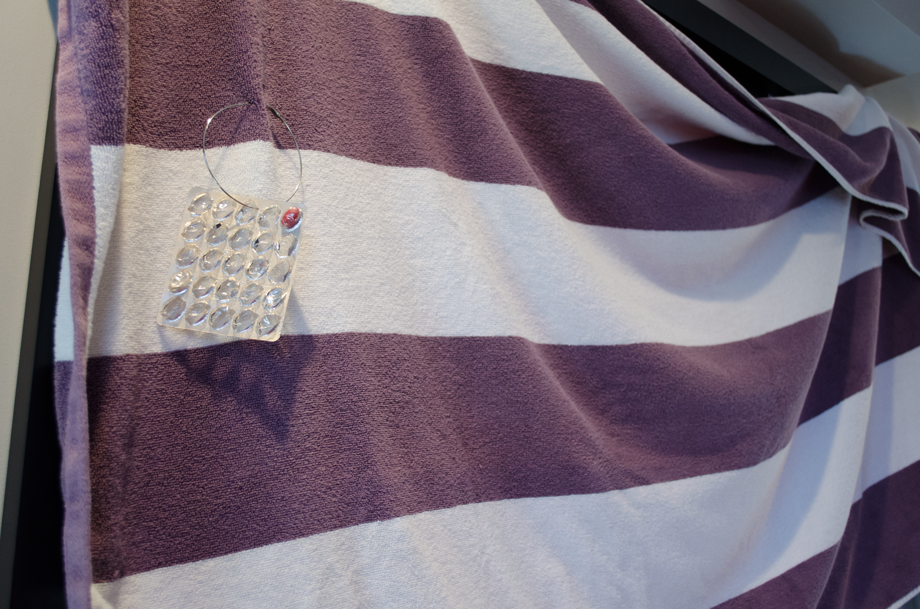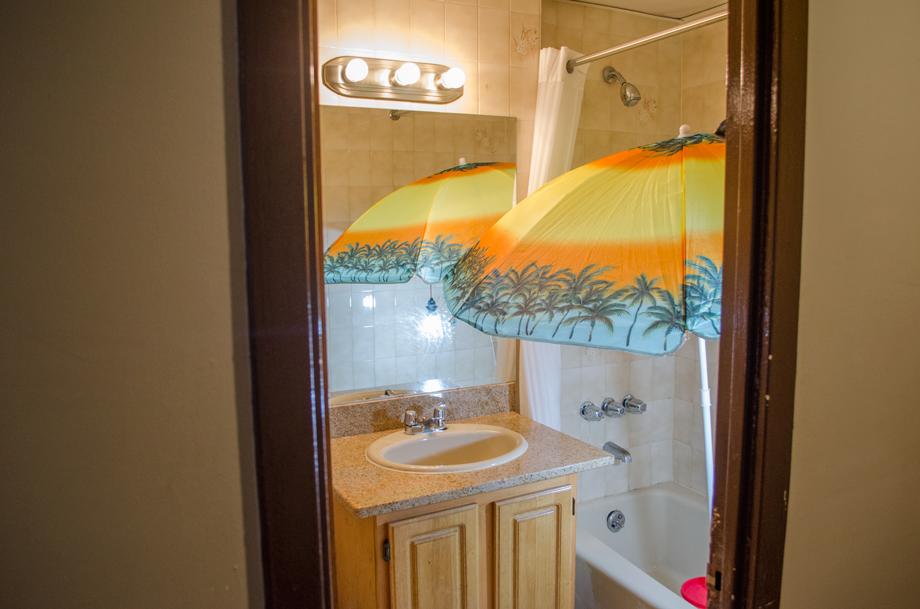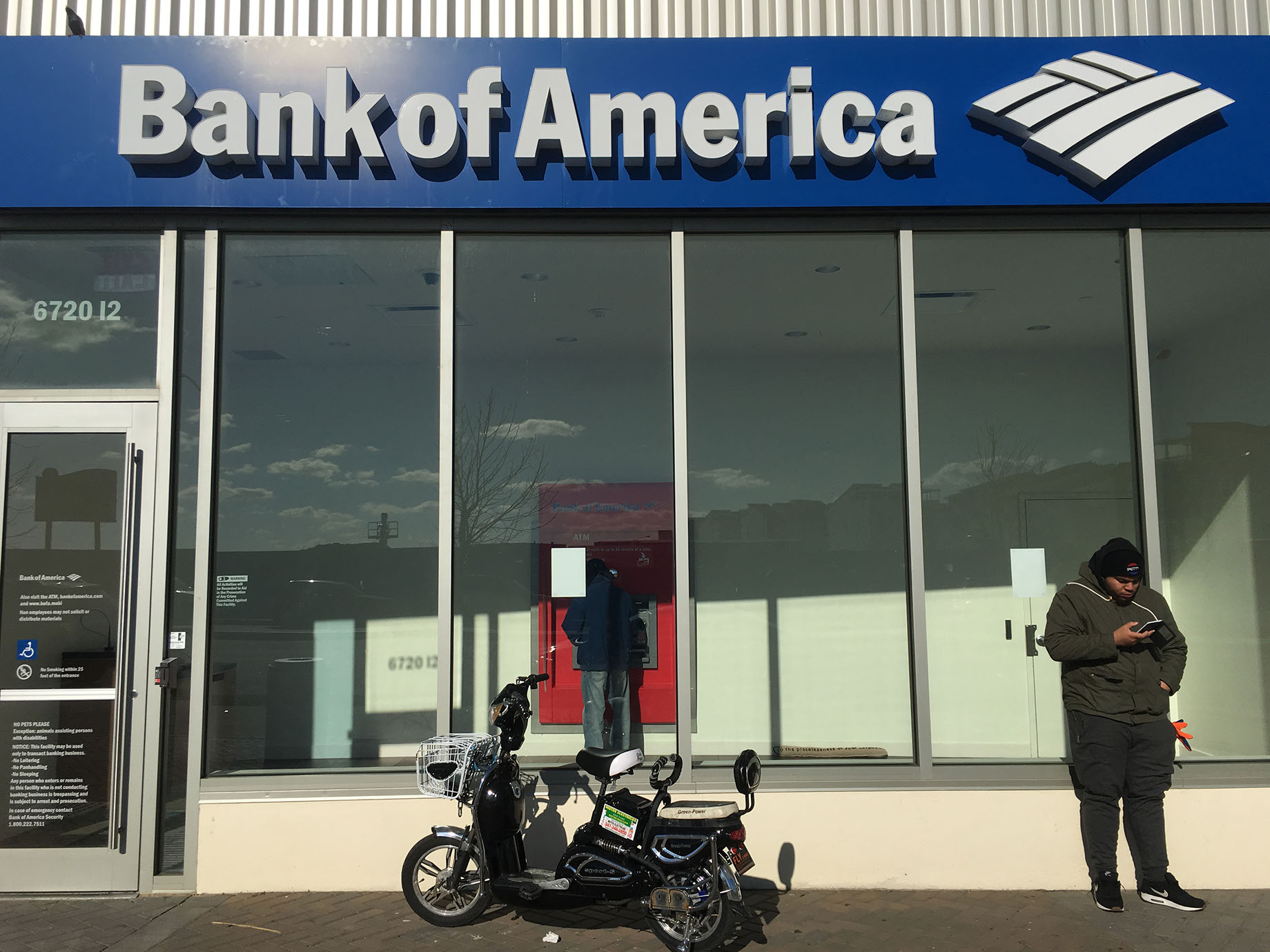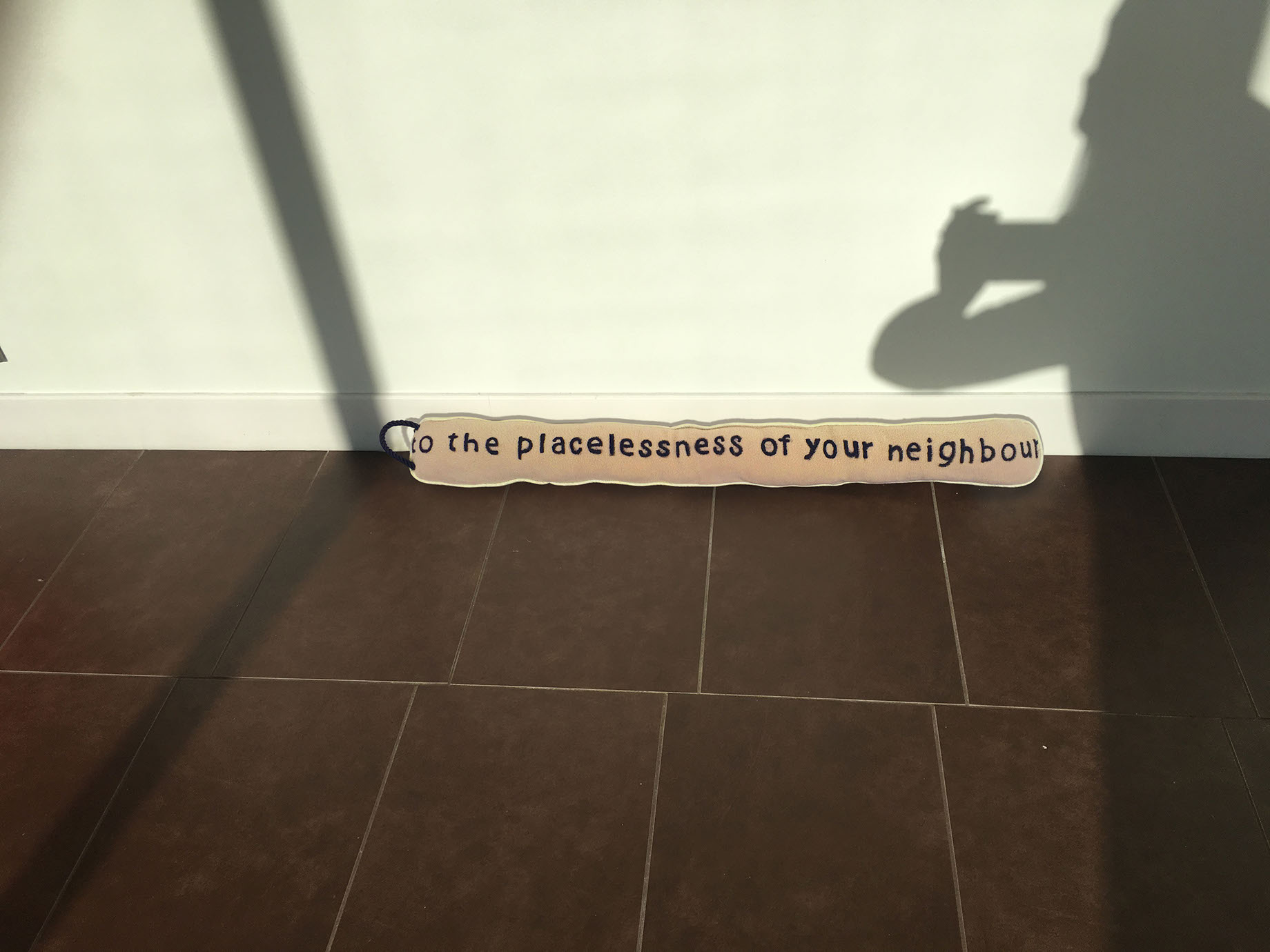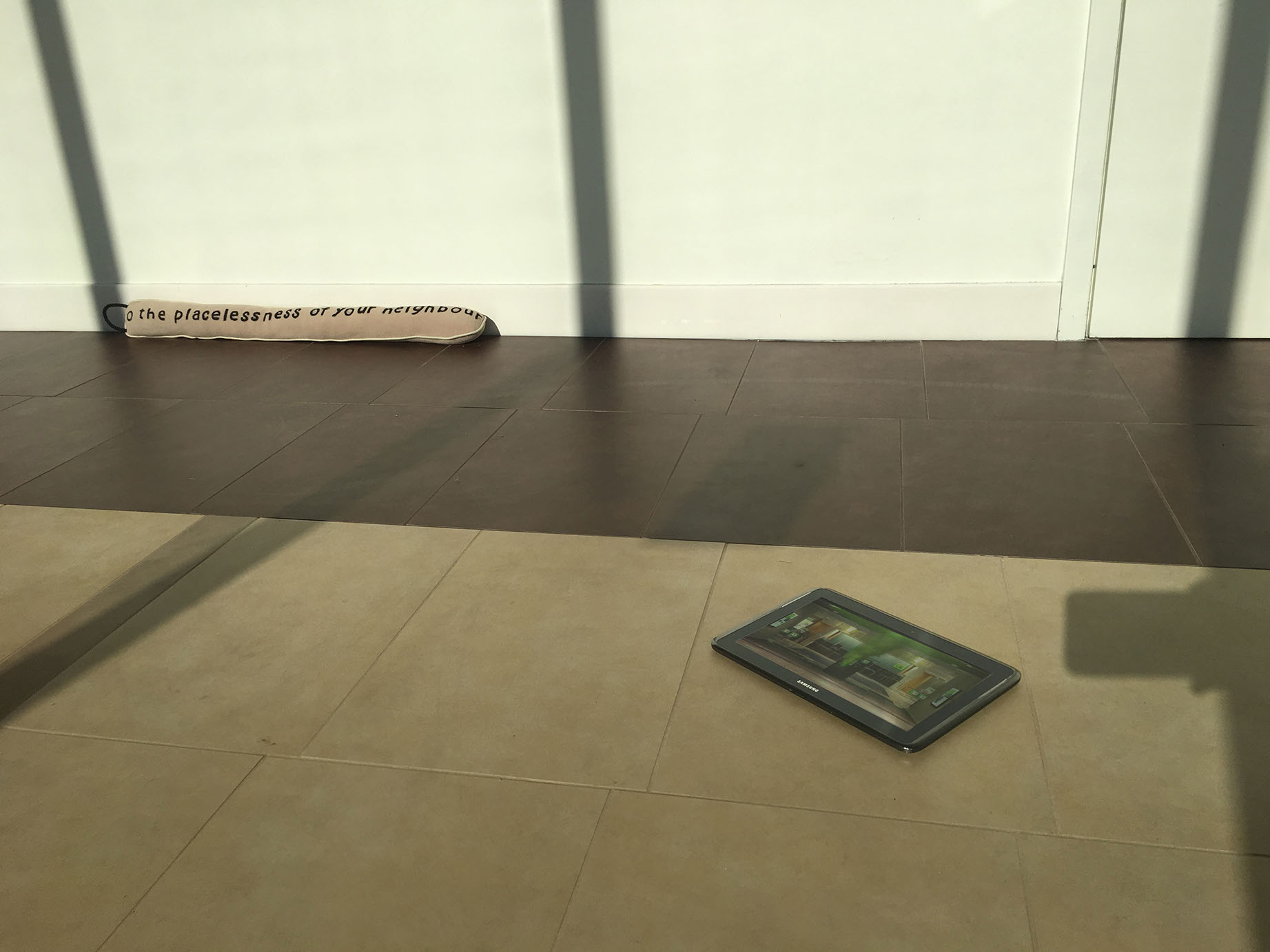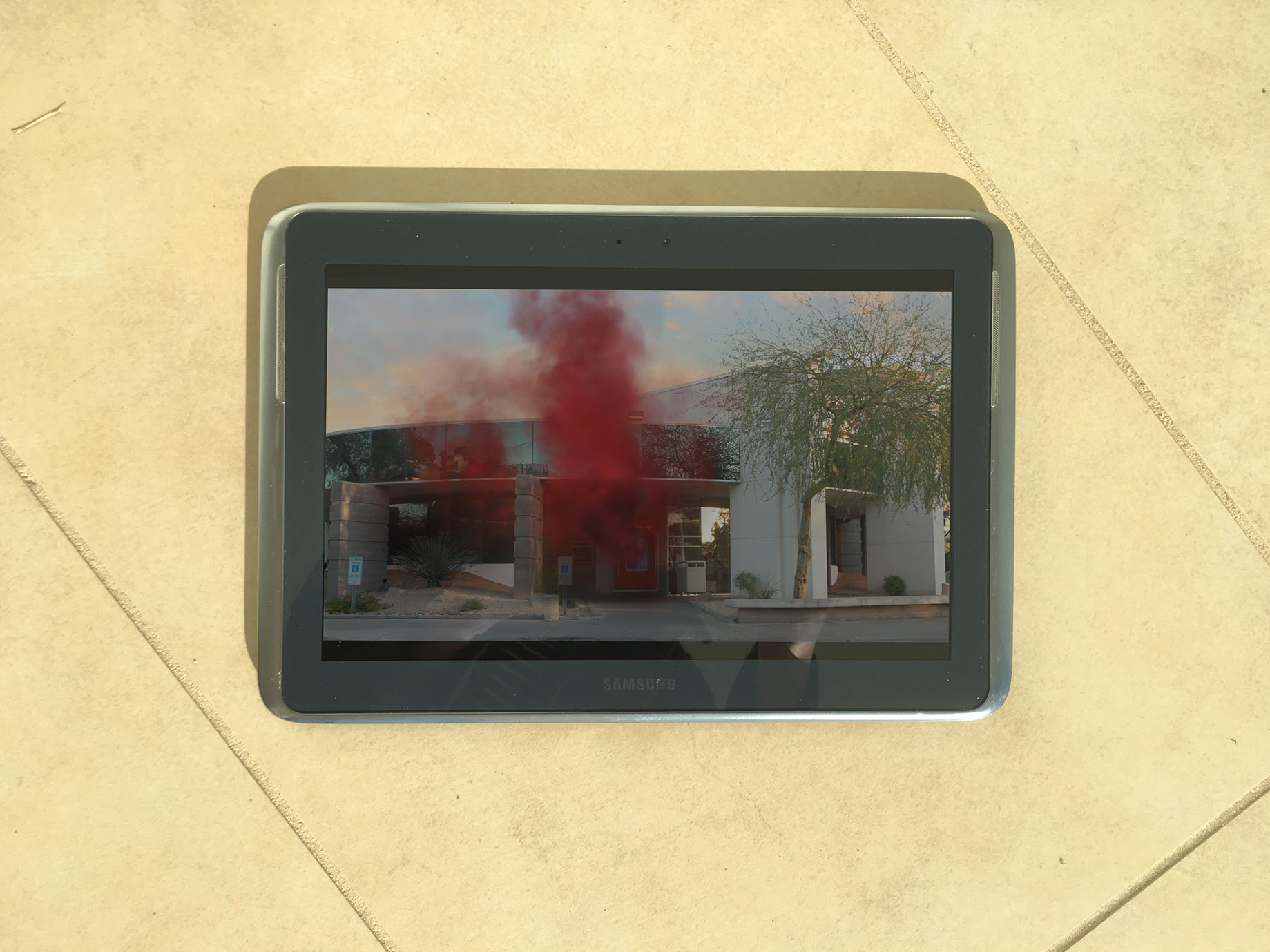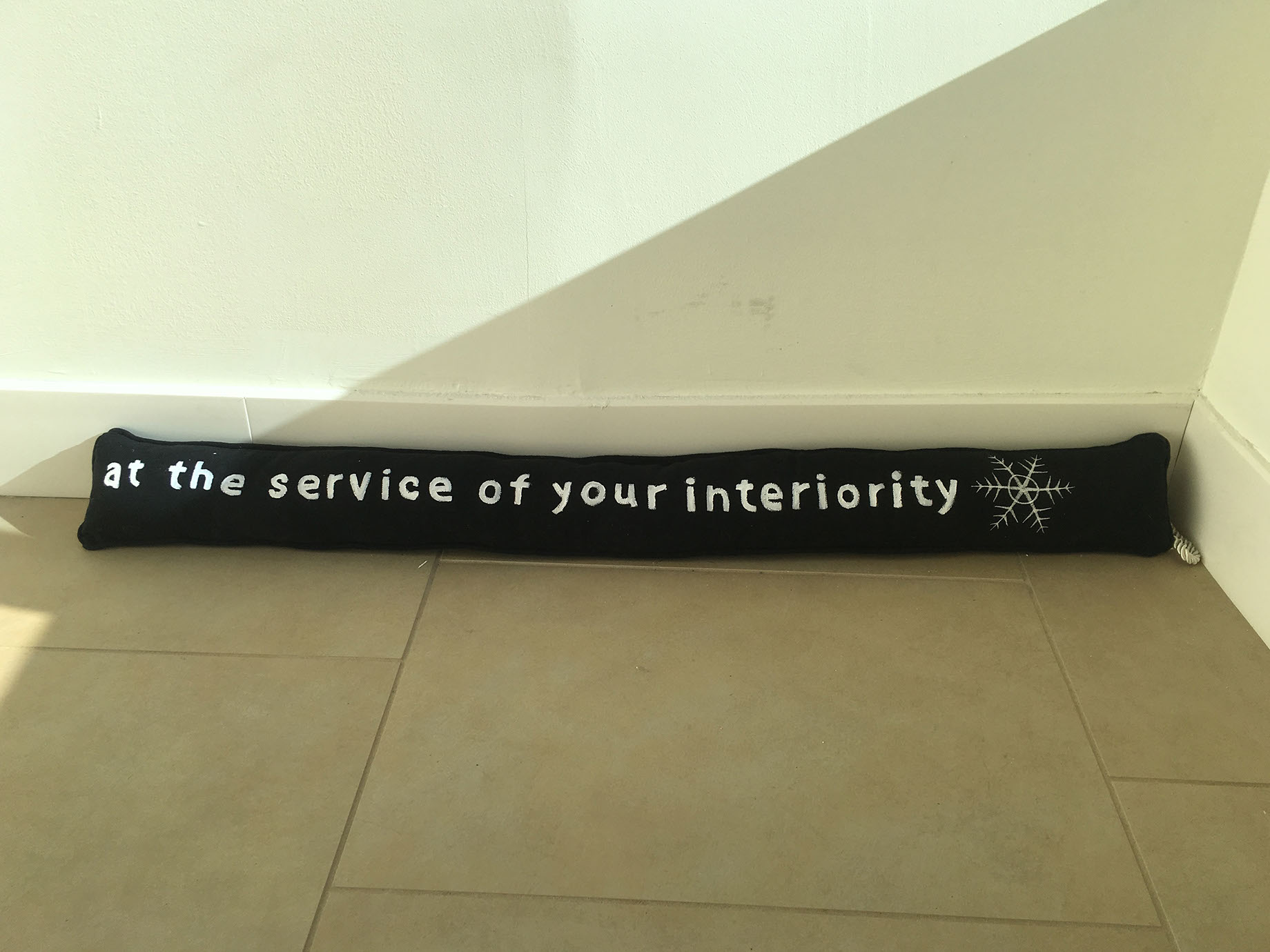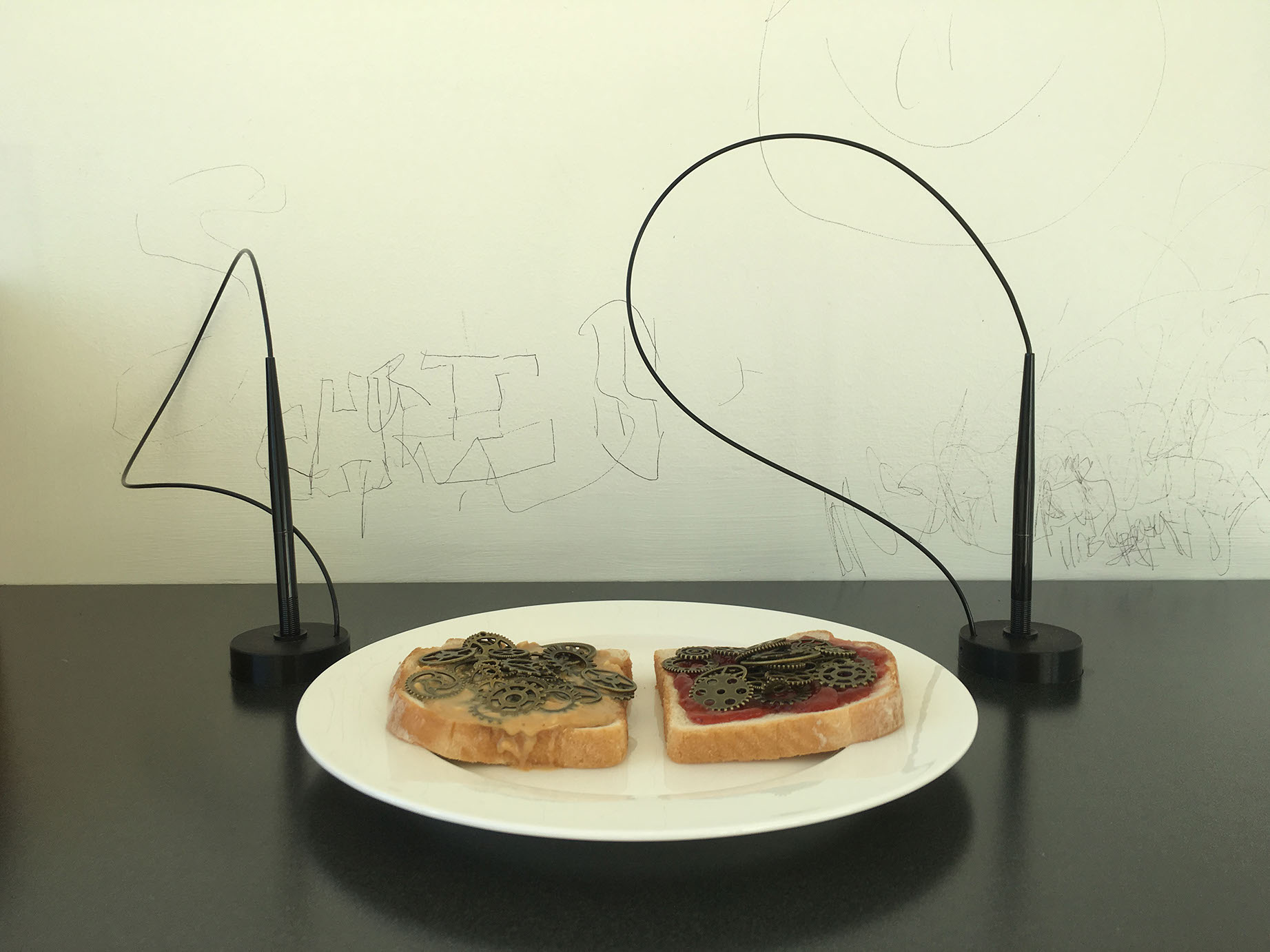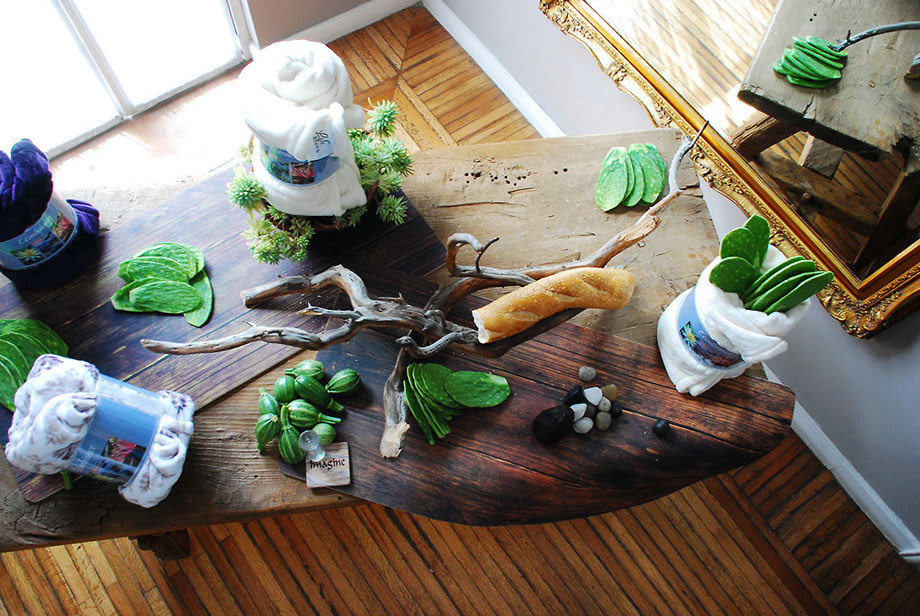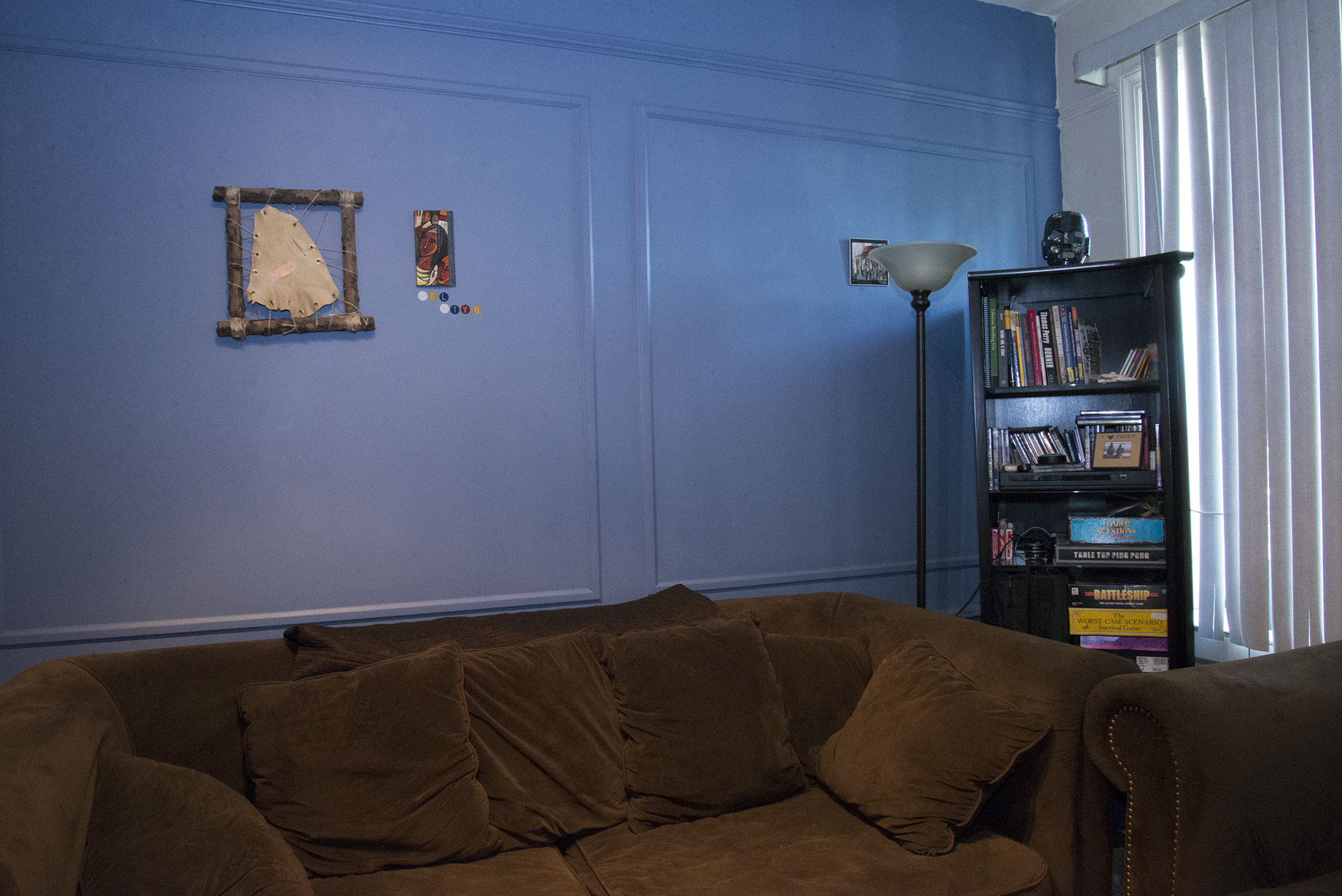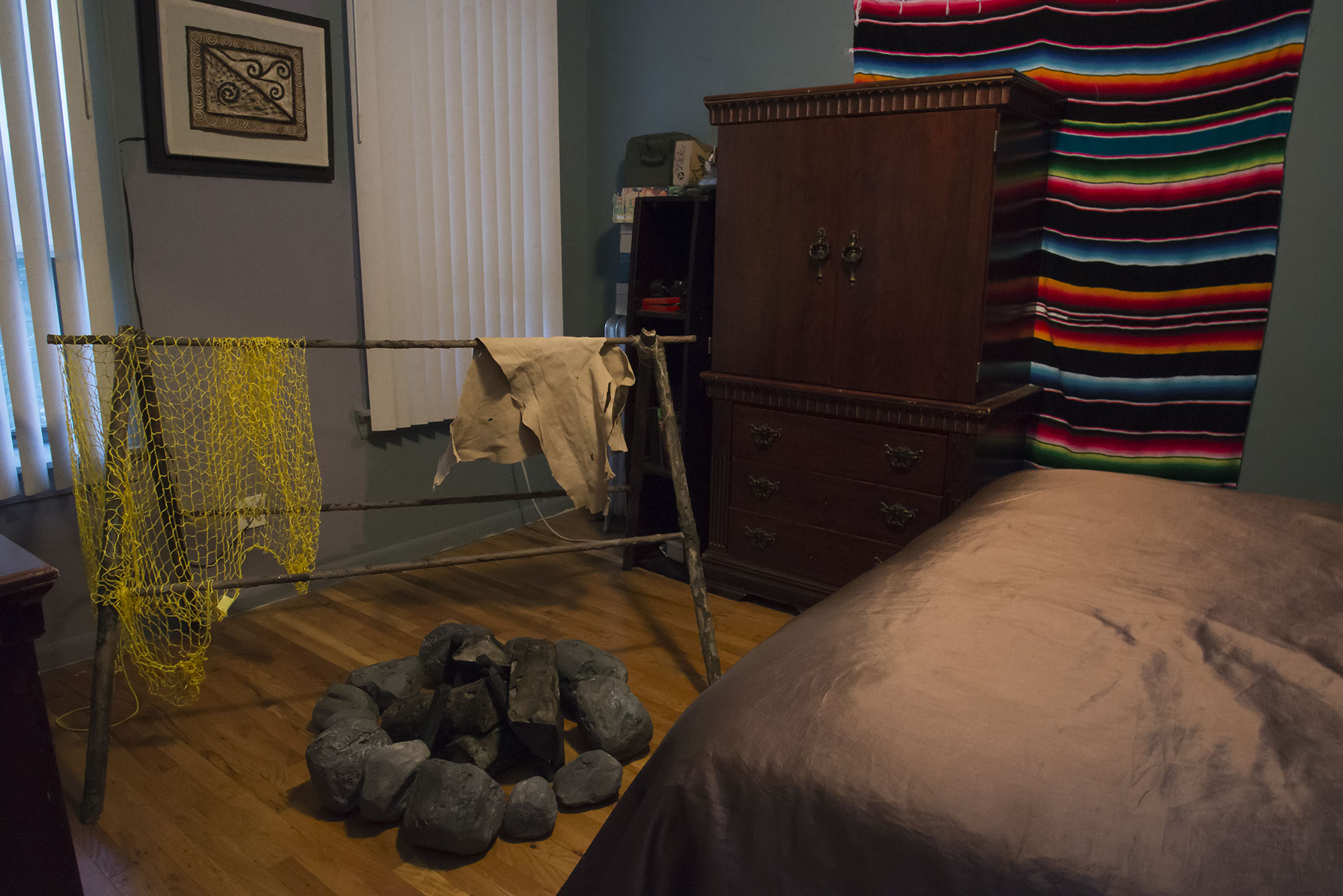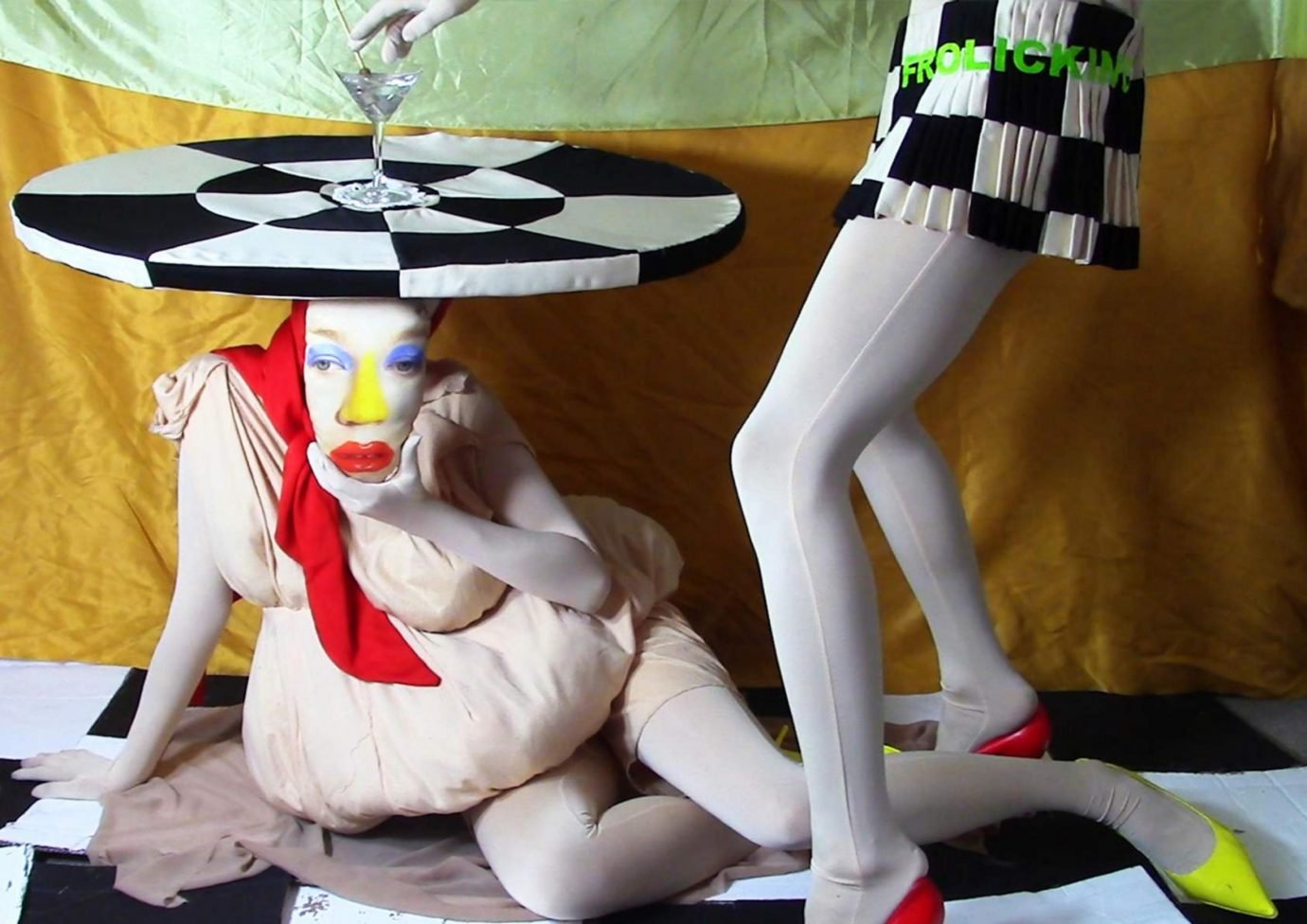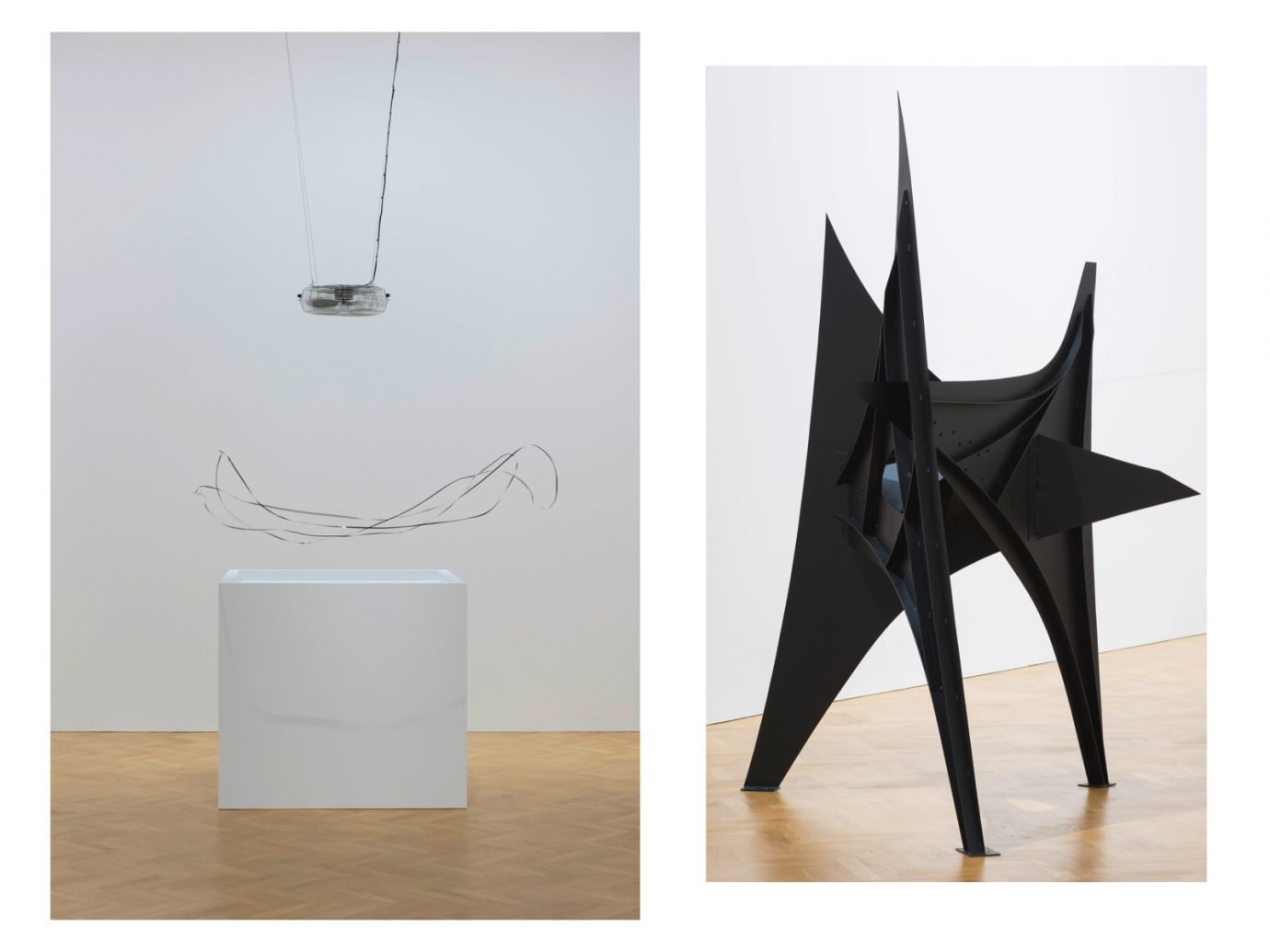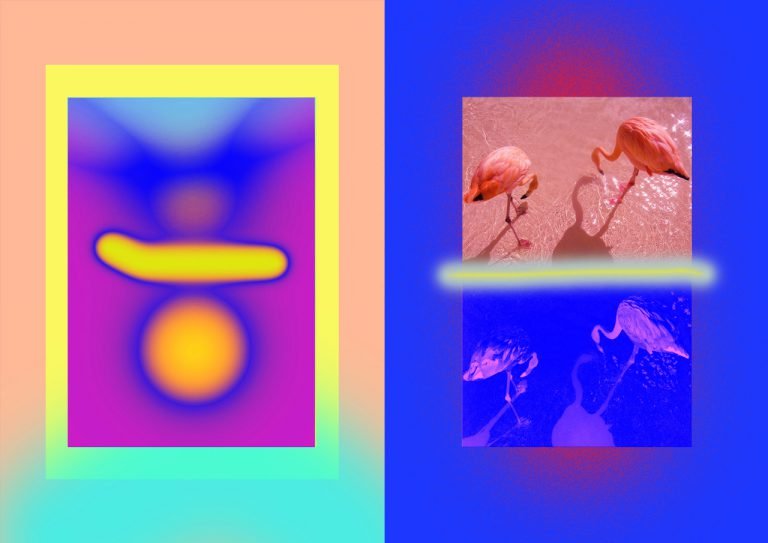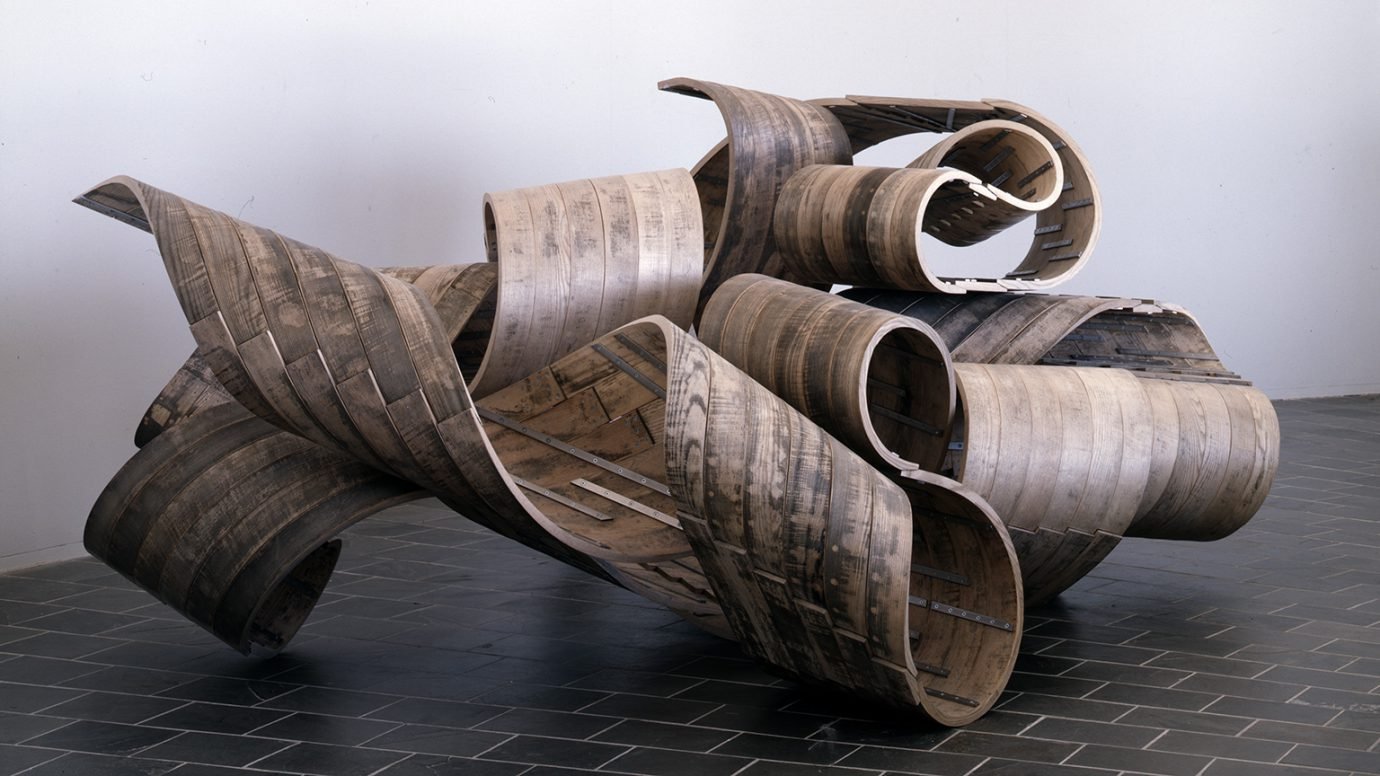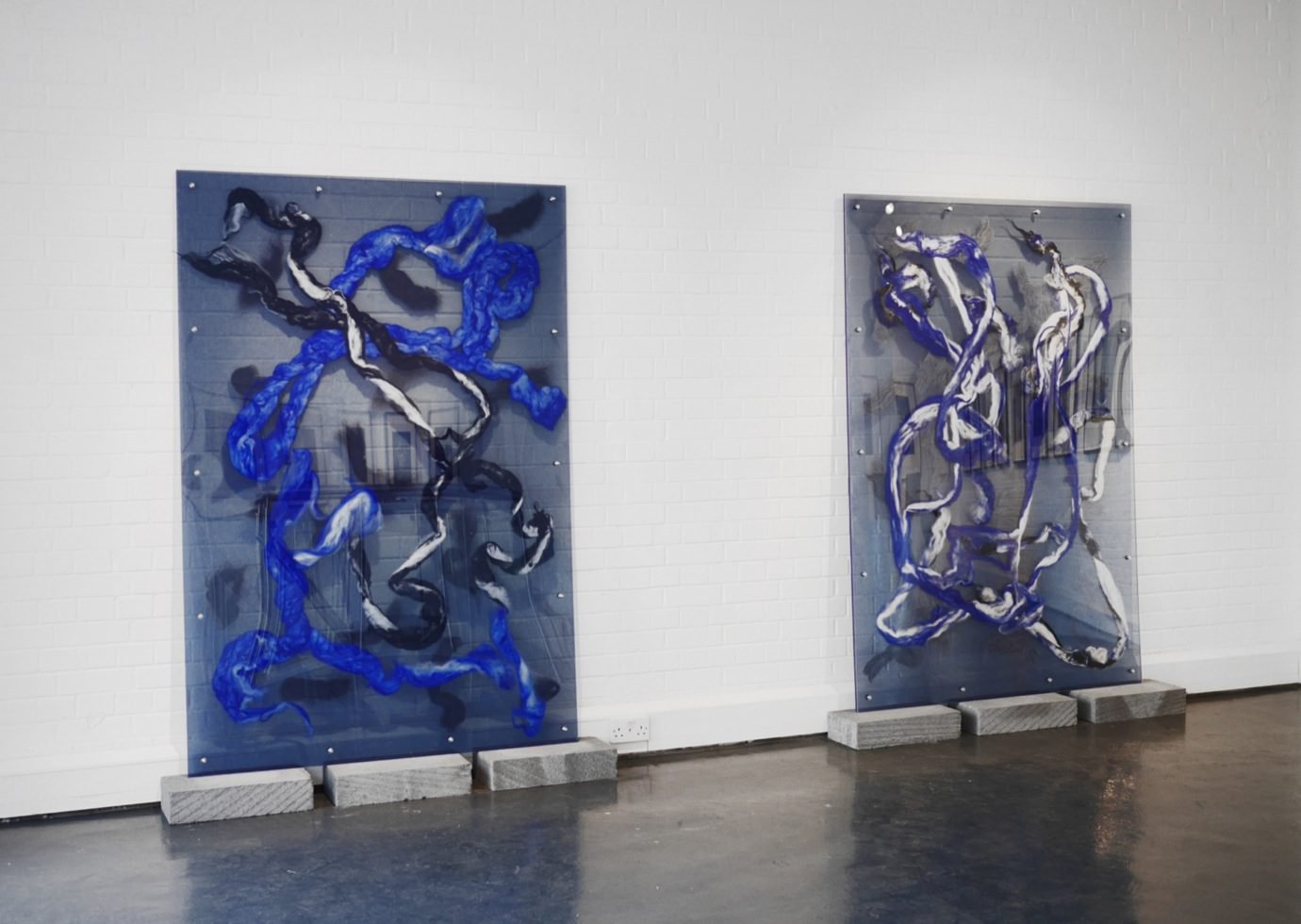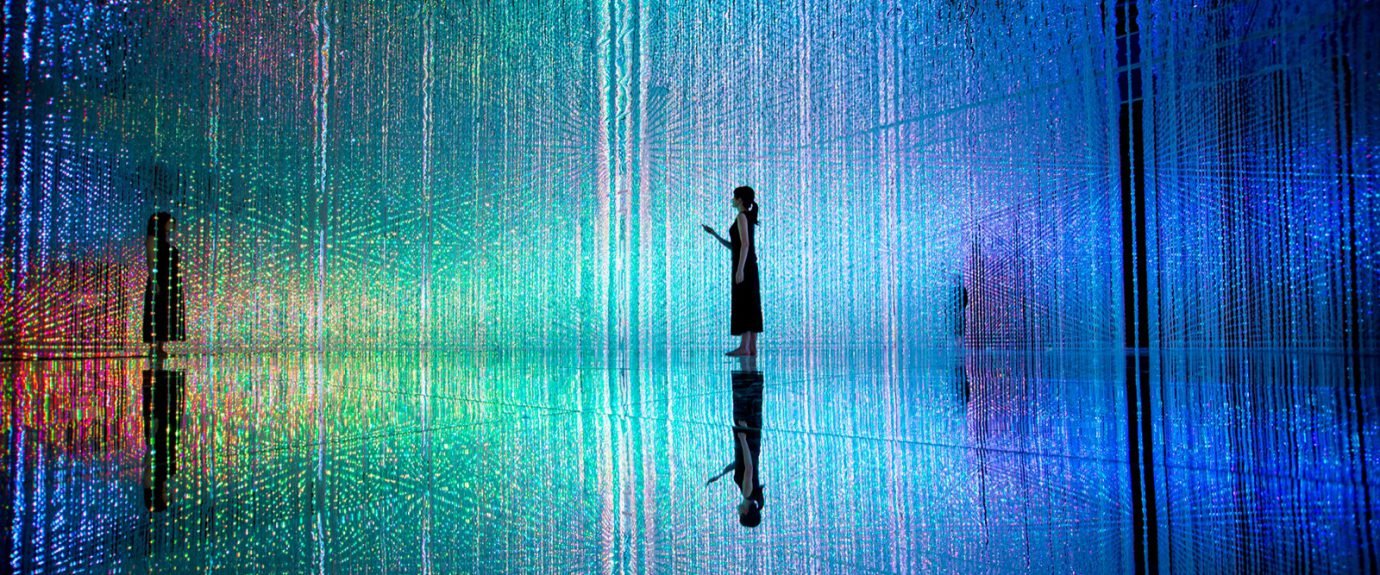“EVENTUALLY WE SOMEHOW IMPLIED, THROUGH BROKEN SPANISH, THAT WE WERE SHOOTING A PORNO. AND THEY WERE OKAY WITH! AN ART SHOW, NOT SO MUCH.”
Aric Miller: How did the idea for Hotel Art come about?
Loney Abrams: We started it for a few reasons. One was pragmatic, in that we wanted to start a space or curatorial platform, but we didn’t have money to rent a gallery. It seems that even if you do have a lot of money, running a physical gallery space isn’t really sustainable unless you are selling really marketable work, and even then is hard. So we decided to do these off-site exhibitions as a way to curate shows without having the overhead of an IRL exhibition space, or the pressure to cater to the market and sell work.
The second reason was to play around with documentation-as-exhibition in its own right. We wanted to be really transparent about how exhibition spaces function— firstly, as the site of a photoshoot that produces documentation that then circulates as jpegs, and secondly as a catalyst for social interaction and prestige. We found that we could achieve both of those things without having a gallery, which seemed superfluous; if you go to a gallery opening you aren’t really looking at the art, you are there to socialise and be seen, and the rest of the month the gallery just kind of sits there. So we started installing exhibitions just long enough to photograph them, just long enough to produce the documentation. And then to fill that social function (to have conversation and build a community and have face-to-face interactions with people) we’d also have IRL events that weren’t exhibitions themselves, they’re more like after parties. So that’s sort of how it started.
Johnny Stanish: We were also in grad school at Pratt in 2012/13 when we started hotel-art.us. We were in the same studio area together, along with Ian Swanson, who was also involved with the project when it started, and we’d end up spending a lot of time sitting around the studios drinking and talking about how art circulates on and offline. So starting hotel-art.us was kind of a way for us to get out of the art school bubble and plug into the larger New York art scene. Then once we were finished with grad school, we were able to continue having shows without having a budget.
LA: Yeah, the main thing is that there is no overhead, and we can show whatever we want. We realised that without the constraints of a physical space, a lot of the traditional “rules” and conventions that revolve around exhibition-making just went out the window.
JS: Right. For example, galleries generally have monthly exhibitions, which corresponds to the monthly rent cycle. For us, there is no schedule, we don’t have to go month-to-month to pay the rent and sell the work. So we can produce a few shows in one month if we want to, and then release them over the course of several months. We can also be producing a show in Berlin while releasing images from a show we made in New York, or have simultaneous shows up from different parts of the world. We aren’t really held by any financial constraints. But this also has its own problems as well, like not being able to give artists budget to make work.
AM: Sometimes your documentation takes different forms, such as videos or accompanying sound files, but also varying methods of photography. In the exhibition Remains Of The Day: Might, Will Return we see it take the form of something resembling a photo journal, in the parking lot of Dodgers Stadium. Could you explain how you decide what form the documentation will take?
LA: In a couple of cases, we’ve co-curated shows. We worked with Keith J. Varadi for the show at the Dodgers Stadium, and it was his idea to use disposable point-and-shoot cameras. It was like going to a Dodgers game with your dad and he brings a disposable camera and makes you pose in front of various things. There is a kind of urgency involved in using these point-and-shoots in that you snap the picture, and that’s it; no-redos. And you can’t edit as you go, you just have to hope that it comes out okay once you develop the film.
JS: Yeah, that show was fun. Keith understood how this project functions and by using the old format of disposable cameras the documentation became tangible and then after being scanned, it circulated online.
“WE TAKE CRAPPY PHONE PICS. WE USE FLASH. WE DON’T EDIT. WE’RE TRYING TO EXPLORE ALTERNATIVE AESTHETICS AND SUGGEST THAT THE SHINY WHITE CUBE ISN’T THE ONLY BACKDROP FOR CONTEMPORARY ART.”

